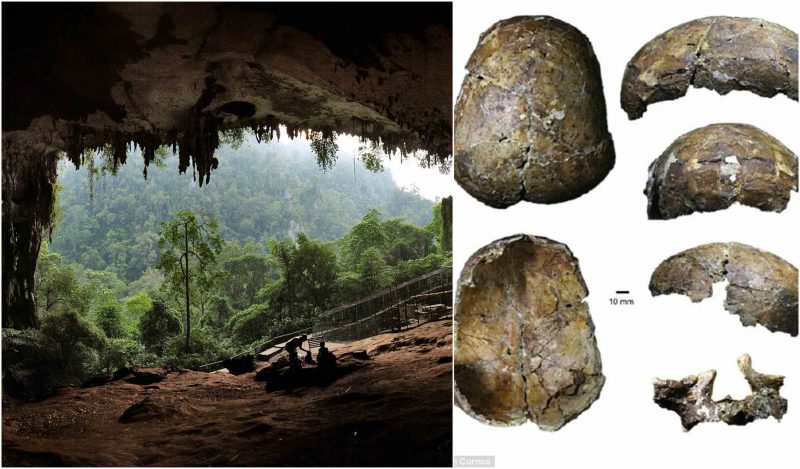Although this is a rather old find, it is bringing some interesting theories to light. A 37,000-year-old skull that was found almost 50 years ago may be about to rewrite the history of how early humans had dispersed through the Pacific and into Australia.
The skull fragments found are believed to have belonged to one of the first members of our species. The fragments were found on the island of Borneo, which was long believed to have been related to the Aboriginal Australians.
A new study of the bones was recently conducted by anthropologists. The skull was given the name “Deep Skull”, and revealed that it could have belonged to a different group of modern humans.
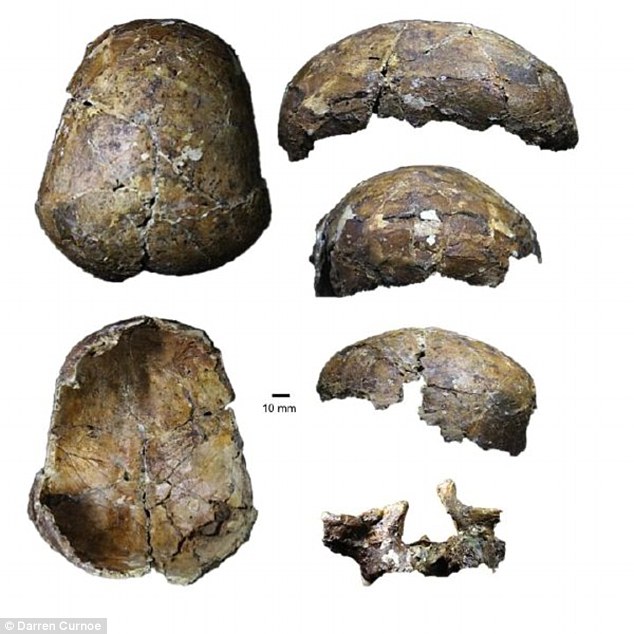
The skull shows that prehistoric humans had delicate features and smaller body sizes which were similar to the indigenous populations found in Borneo today, for example, the Dayak. When these first groups of humans dispersed to new areas, they arrived with people who already knew the farming trades. They spread across the island from China nearly 3,000 years ago.
Anthropologists who recently did the new analysis thought that Deep Skull belonged to a teenage boy. The skull was originally found in the Niah Cave in Sarawak. The Australian Aborigines are believed to have spread from southern Asia through the Pacific and into Australia nearly 60,000 to 45,000 years ago.
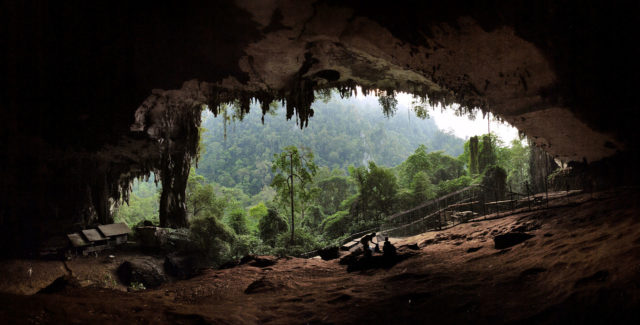
However, scientists say that it doesn’t look like these first people on Borneo were the ancient relatives of Aborigines like it was originally thought. The director of the University of New South Wales’ paleontology, geobiology, and earth archives research center, Darren Curnoe, said that their analysis has overturned the views about the early history of that particular region.
Curnoe added that the features of those ancient remains resemble the indigenous people of Borneo today. They have delicately-built features and a smaller body size than the indigenous people of Australia.
Back in 1958, Deep Skull was discovered by Tom Harrisson from the Sarawak Museum during the excavations at the West Mouth of the Niah Caves. It was then analyzed by a British anthropologist named Don Brothwell. In 1960, Brothwell decided that the skull belonged to a younger male from a population of the early Homo sapiens, which were closely related to the indigenous Australians, especially Tasmanians.
Brothwell’s conclusion led to what he called the two-layer hypothesis, which held that South-East Asia was settled by people related to the indigenous Australians and New Guineans. These people were then replaced by farmers from southern China a few thousand years ago.
The first-ever genetic analysis of the Y chromosomes of Aboriginal Australian men suggest that the indigenous people on that island had been isolated until they arrived in Europe nearly 50,000 years ago. The new find actually challenges the first theory that suggested there was an abundance of people from India who traveled to Australia about 4,000 to 5,000 years ago.
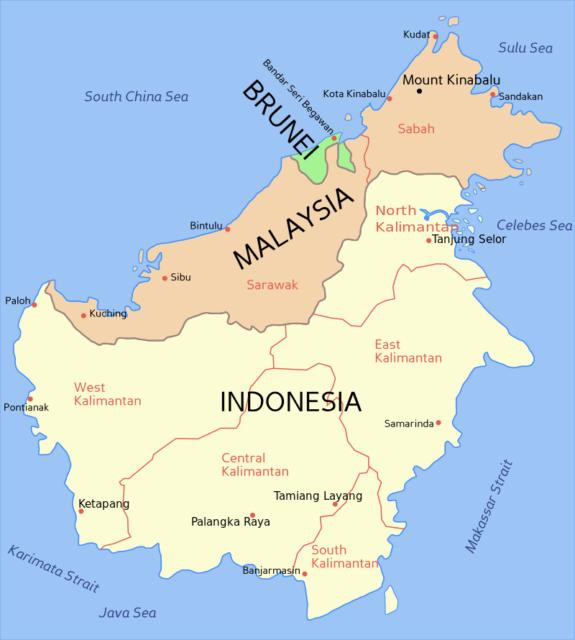
Australia was thought to have been first settled by people shortly after Homo sapiens left Africa. From there, they traveled across Asia and different islands of the Pacific before reaching Australia. These people were thought to be the first groups of people to leave Africa. This separated them from the other Homo sapiens living in Europe and Asia around 65,000 to 75,000 years ago.
The DNA taken from the skull contained Y chromosomes (the ones passed from father to son). It shows there was actually no sign of migration to the continent. That data revealed that the Aboriginal Australian Y chromosomes are very different from Indian ones.
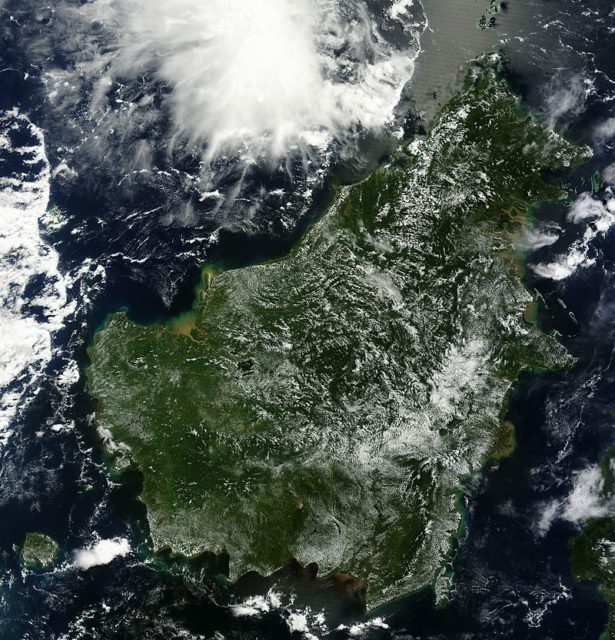
One unanswered question leaves scientists boggled: how did the dingo arrive in Australia nearly 5,000 years ago? It is believed that the arrival of the native dogs actually coincided with the changes to using stone tool technology and new languages. Scientists find that these new discoveries must have meant that a new group of people had entered the country, bringing a new species of dog with them.
